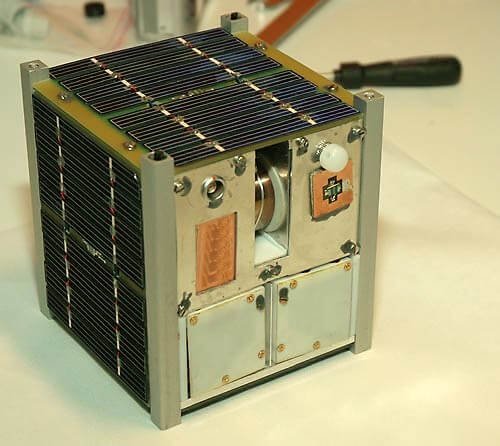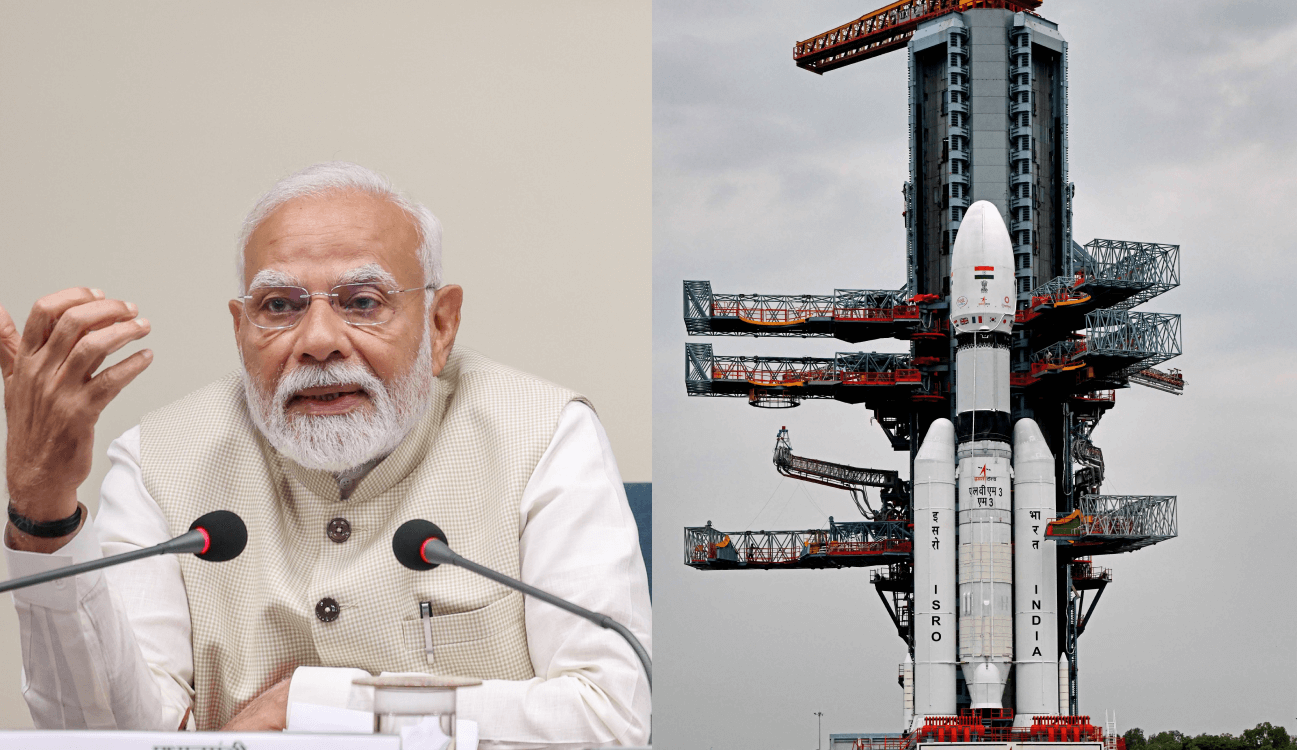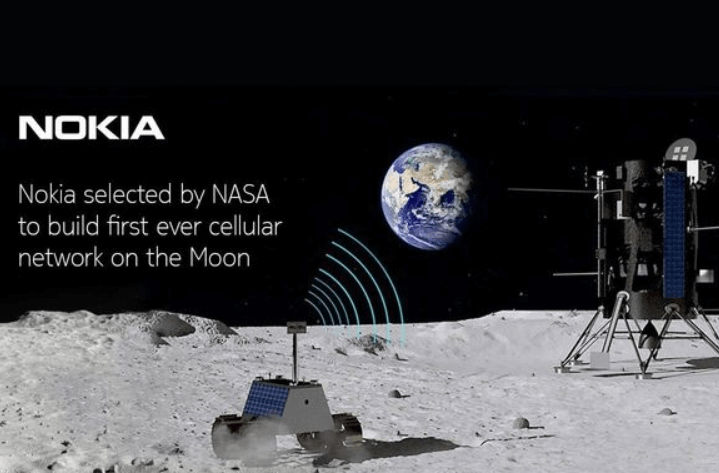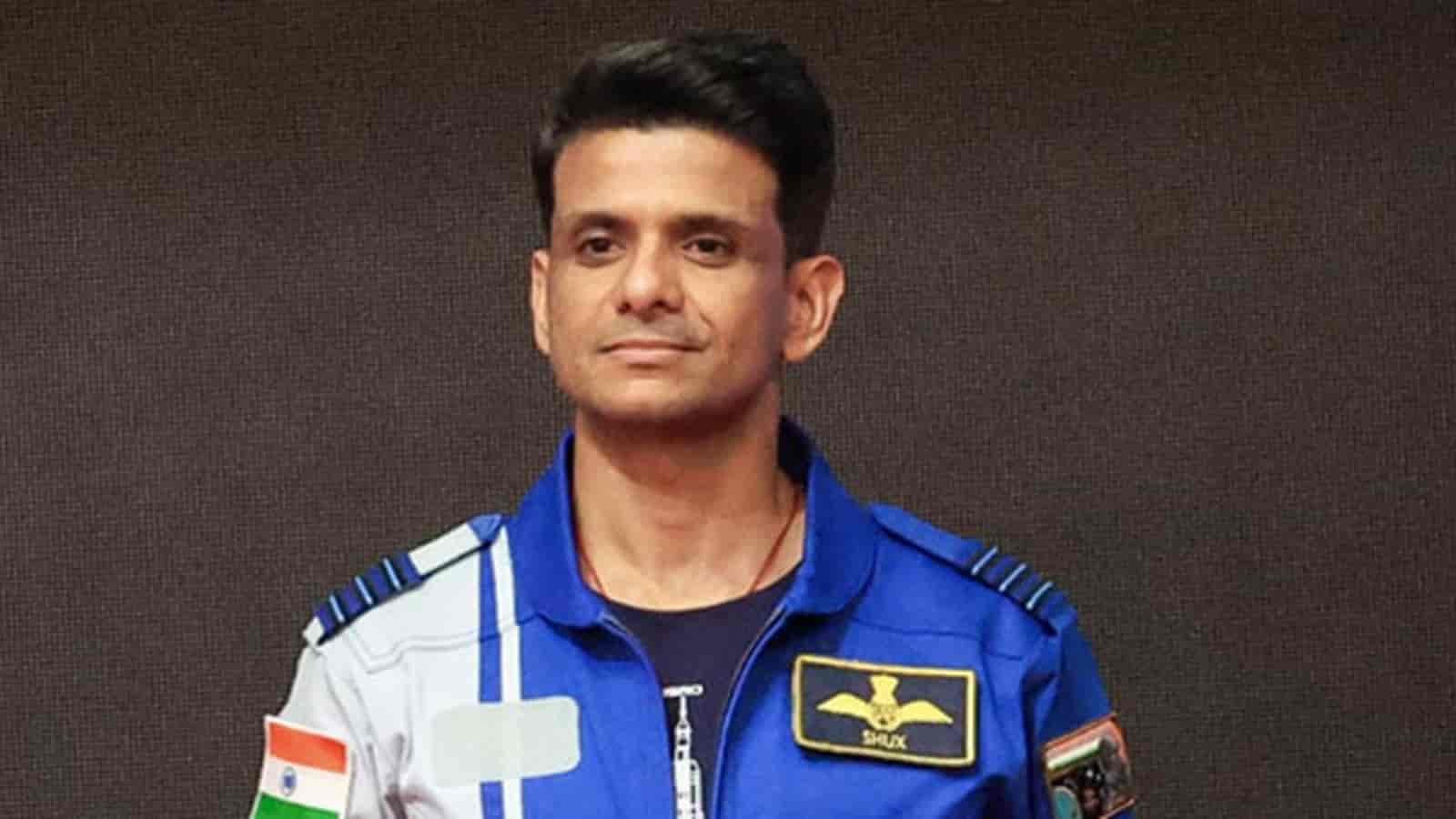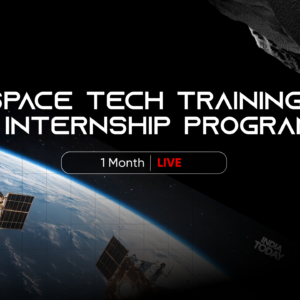Space exploration has always captured the imagination of people across the globe. However, for students, understanding key missions is more than just exciting—it’s educational. If you’re eager to learn space exploration in a fun and engaging way, you’re in the right place.
1. Apollo 11 (1969) – The First Moon Landing
To begin with, Apollo 11 is perhaps the most iconic space mission ever conducted. Spearheaded by NASA, it was the first time humans set foot on the Moon. Neil Armstrong and Buzz Aldrin made history, while Michael Collins piloted the command module.
Launched on July 16, 1969, this NASA mission carried three astronauts: Neil Armstrong, Buzz Aldrin, and Michael Collins. Four days later, on July 20, Armstrong became the first human to step onto the Moon, speaking the legendary words:
“That’s one small step for man, one giant leap for mankind.”
2. Sputnik 1 (1957) – The First Man-Made Object in Orbit
Next on our list is Sputnik 1, the very first satellite to be launched into space. Developed by the Soviet Union, it entered Earth’s orbit on October 4, 1957. Though it was only about the size of a basketball and weighed 83.6 kg, it sent out a steady beep from its radio transmitter that was heard all over the world.
This simple yet powerful device sparked the Space Race between the U.S. and the USSR and kicked off the modern era of space exploration.
3. Voyager 1 (1977) – Humanity’s Message in a Bottle
Let’s now travel beyond our solar system. NASA’s Voyager 1, launched in 1977, is the farthest-traveled human-made object. It flew past Jupiter and Saturn, sending back detailed images and data that scientists still analyze today.
But that’s not all—Voyager 1 carries the Golden Record, a phonograph disk filled with greetings in 55 languages, music from around the world, and images that represent life on Earth. It’s humanity’s time capsule, drifting endlessly in the cosmos.
4. Hubble Space Telescope (1990) – Seeing the Universe Like Never Before
Moving forward, the Hubble Space Telescope has revolutionized astronomy since its deployment in 1990. Positioned outside Earth’s atmosphere, Hubble avoids atmospheric distortion, capturing ultra-clear images of galaxies, nebulae, and star clusters.
It has helped estimate the universe’s age (about 13.8 billion years), confirmed the existence of dark energy, and even observed planets outside our solar system.
5. International Space Station (2000–Present) – Life in Orbit
As we progress, the International Space Station (ISS) stands as a symbol of global collaboration. Built by multiple space agencies including NASA, Roscosmos, ESA, JAXA, and CSA, it orbits Earth every 90 minutes and serves as a floating laboratory in space.
Astronauts aboard the ISS conduct experiments in biology, physics, medicine, and more—all in zero gravity.
6. Mars Pathfinder (1997) – First Roving Steps on Mars
NASA’s Mars Pathfinder mission was a game-changer. Launched in 1996 and landing successfully on July 4, 1997, it delivered the Sojourner rover to the Martian surface. This was the first time a mobile robot explored another planet.
Although the rover was small, its success demonstrated that we could land, navigate, and study other planets remotely, and affordably.
7. Chandrayaan-1 (2008) – India’s Entry into Lunar Exploration
Shifting focus to India, ISRO’s Chandrayaan-1 mission marked the country’s first attempt to reach the Moon. Launched in October 2008, the orbiter made more than 3,000 lunar orbits and delivered one of the most surprising discoveries in recent space science—the presence of water molecules on the Moon’s surface.
This finding was confirmed by other missions later and reshaped our understanding of lunar geology.
8. Curiosity Rover (2012) – A Lab on Wheels
NASA’s Curiosity Rover, which landed on Mars in August 2012, is nothing short of a mobile science lab. It’s equipped with advanced tools to study the planet’s geology, climate, and potential habitability.
It found evidence that Mars once had liquid water, organic molecules, and conditions that might have supported microbial life. Curiosity has far outlived its expected mission timeline and continues to explore Mars today.
9. Artemis I (2022) – Returning to the Moon
Fast forward to today. Artemis I was the first uncrewed mission of NASA’s Artemis program, launched in November 2022. Using the powerful Space Launch System (SLS) rocket and the Orion spacecraft, the mission completed a successful orbit of the Moon and returned to Earth.
This test flight is part of NASA’s larger goal: to land the first woman and person of color on the Moon, and eventually send humans to Mars.
10. James Webb Space Telescope (2021) – A New Eye on the Universe
Last but not least, we have the James Webb Space Telescope (JWST). Launched on December 25, 2021, JWST is the most advanced space telescope ever created. Positioned far beyond the Moon, it can see objects that formed just after the Big Bang.
Its infrared vision allows it to peer through cosmic dust and reveal previously hidden parts of the universe-like forming stars, galaxies, and exoplanets.
CONCLUSION
As you can see, space exploration is full of awe-inspiring missions that continue to shape science, technology, and humanity’s view of itself. Whether you’re a budding astronomer, a science student, or just someone fascinated by the cosmos, these famous space missions offer more than history—they offer inspiration.
So if you’re looking to learn space exploration in an engaging way, start with these top 10 missions. They’re perfect for classroom discussions, science projects, or simply sparking your imagination. After all, the sky is not the limit—it’s just the beginning.




